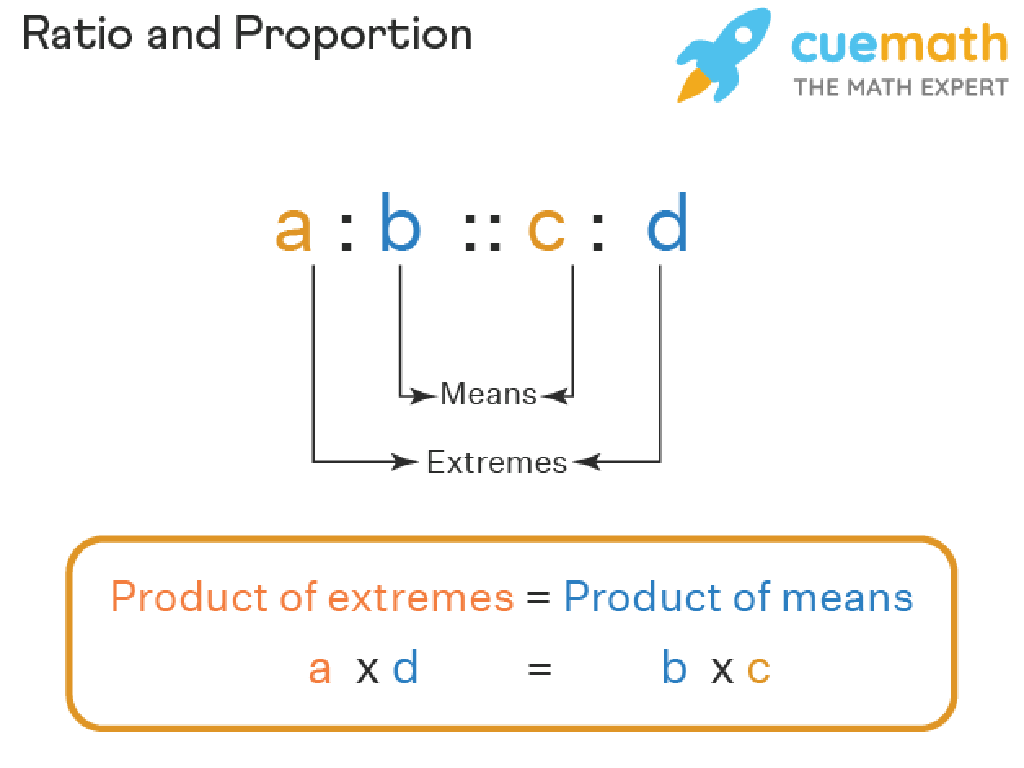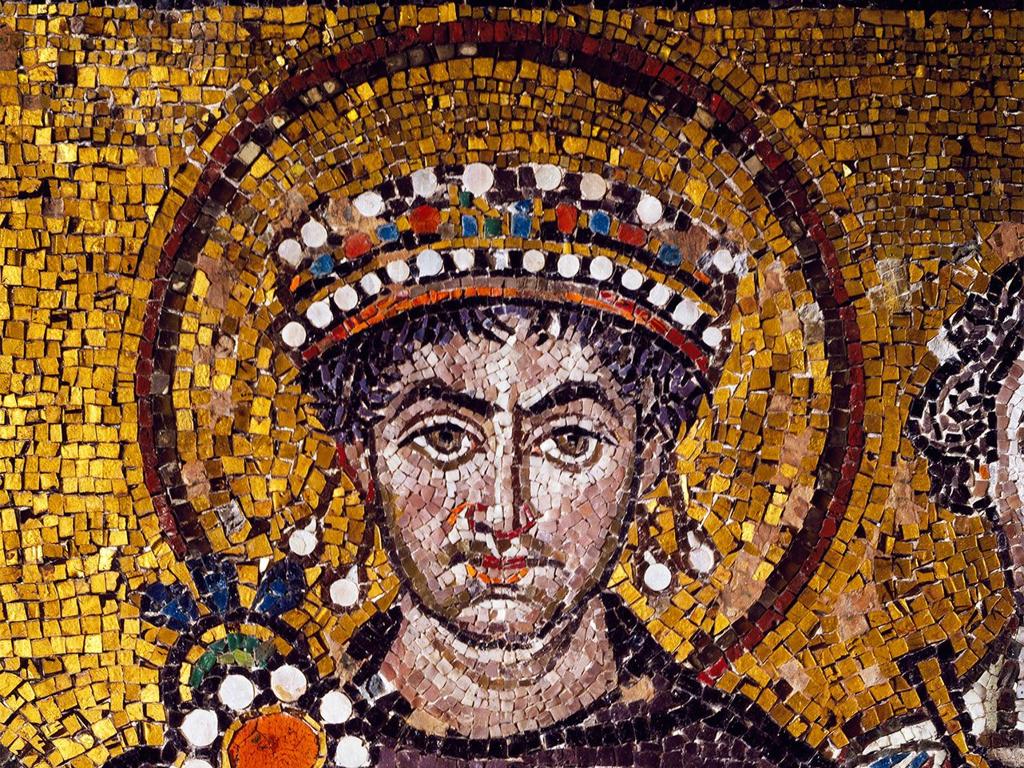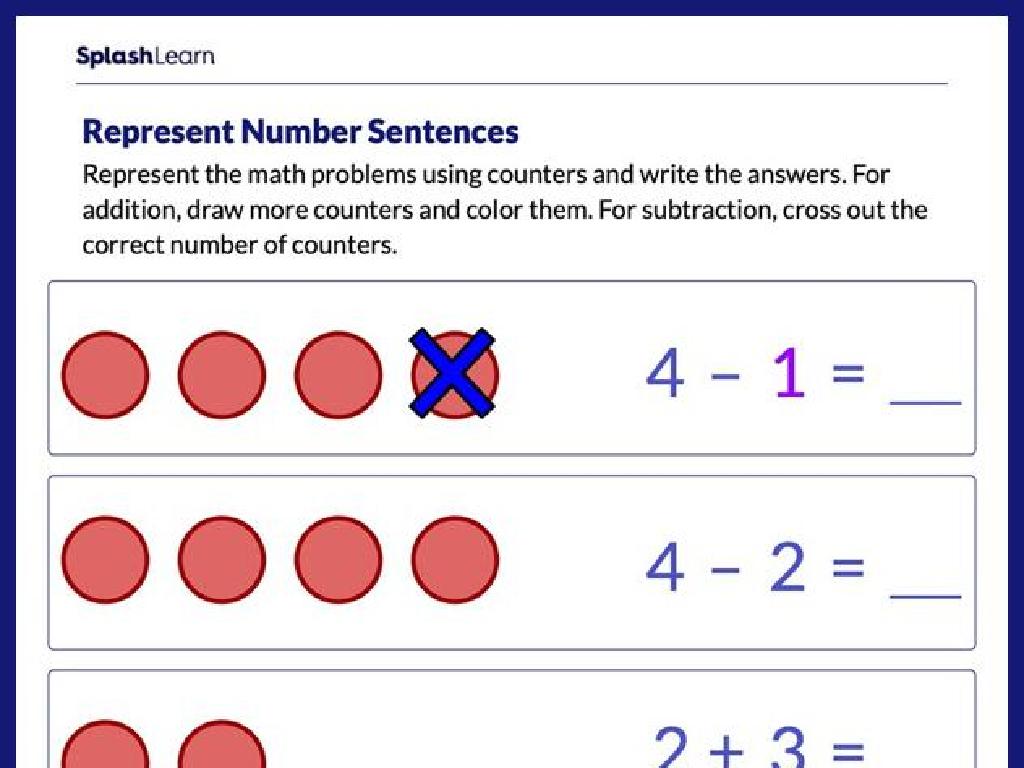Form And Use Irregular Plurals
Subject: Language arts
Grade: Fourth grade
Topic: Nouns
Please LOG IN to download the presentation. Access is available to registered users only.
View More Content
Welcome to Nouns: Exploring Irregular Plurals
– Greet and introduce today’s class
– Review: What are nouns?
– Nouns are names of people, places, things, or ideas
– Today’s focus: Irregular Plurals
– Not all plurals end with ‘s’ or ‘es’
– Understanding irregular plural forms
– Some nouns change completely or not at all
|
Begin the class with a warm welcome and an engaging introduction to set a positive tone. Quickly review the concept of nouns to refresh the students’ memory, ensuring they recall that nouns represent people, places, things, or ideas. Introduce the day’s topic, irregular plurals, by explaining that while many plurals are formed by adding ‘s’ or ‘es’, some nouns do not follow this rule and either change completely (e.g., ‘man’ to ‘men’) or remain the same (e.g., ‘sheep’). Use examples to illustrate these changes. The goal is for students to recognize and use irregular plurals correctly in their writing and speech.
Understanding Irregular Plurals
– What are irregular plurals?
– Plurals not ending with ‘s’ or ‘es’
– Irregular vs. regular plurals
– Regular plurals add ‘s’ or ‘es’, irregulars change form
– Examples: child – children
– ‘Child’ becomes ‘children’, not ‘childs’
– Examples: mouse – mice
– ‘Mouse’ becomes ‘mice’, not ‘mouses’
|
This slide introduces the concept of irregular plurals to the students. Begin by explaining that most plurals are formed by adding ‘s’ or ‘es’ to the end of the word, which are known as regular plurals. Then, contrast this with irregular plurals, which change their form completely and do not follow the usual rules. Provide examples like ‘child’ becoming ‘children’ and ‘mouse’ turning into ‘mice’ to illustrate the concept. Encourage students to think of other examples and to understand that irregular plurals must be memorized as they do not follow a set pattern.
Irregular Plurals: Rules? Not Always!
– Irregular plurals break the rules
– Unlike ‘cats’ from ‘cat’, these are special cases
– Some words change entirely
– ‘Child’ becomes ‘children’, not ‘childs’
– Some stay the same in plural
– ‘Deer’ is ‘deer’ whether one or many
– Examples: mouse to mice, sheep to sheep
– Understand these to master irregular plurals
|
This slide introduces students to the concept of irregular plurals, which are exceptions to the standard rules of pluralization in English. Emphasize that while many words add ‘s’ or ‘es’ to become plural, irregular plurals do not follow this pattern. Some words will change completely, such as ‘mouse’ to ‘mice’, while others like ‘sheep’ remain the same in both singular and plural forms. Provide additional examples and encourage students to think of other irregular plurals they know. The goal is for students to recognize and use these irregular forms correctly in their writing and speech.
Irregular Plurals in Action
– From tooth to teeth
– Visual example: picture of one tooth and several teeth
– From foot to feet
– Visual example: picture of one foot and multiple feet
– Why know irregular plurals?
– Helps in reading and writing correctly
– Using plurals in sentences
– ‘I have one toothache but sharks have many teeth.’
|
This slide aims to provide students with visual examples to help them understand the concept of irregular plurals. By seeing the words ‘tooth’ and ‘teeth’ as well as ‘foot’ and ‘feet’ alongside corresponding images, students can grasp the irregular changes in plural forms. Discuss the importance of knowing irregular plurals for accurate reading and writing. Use example sentences to show how these plurals fit into everyday language, reinforcing the lesson with practical usage. Encourage students to think of other irregular plurals and create sentences with them as a class activity.
Let’s Practice Irregular Plurals!
– Interactive class activity
– Identify correct irregular plurals
– What is the plural of ‘child’? How about ‘mouse’?
– Think of your own examples
– Can you find an irregular plural for ‘tooth’ or ‘goose’?
– Share with the class
|
This slide introduces an interactive activity designed to help students practice and reinforce their understanding of irregular plural nouns. Begin by explaining that irregular plurals do not follow the standard ‘s’ or ‘es’ rule. Instead, they change in different ways (e.g., ‘child’ becomes ‘children’). Provide a list of singular nouns and ask students to convert them into their irregular plural forms. Encourage creativity by asking students to come up with their own examples of irregular plurals and share them with the class. This will help students to remember these unique noun forms better. Possible activities include a matching game, a fill-in-the-blank exercise, or a creative storytelling session where students use irregular plurals in context.
Memory Challenge: Irregular Plurals
– Match singular to irregular plurals
– Find pairs like ‘mouse’ and ‘mice’
– Work in pairs or small groups
– Team up with classmates for the game
– Play to reinforce irregular plurals
– Learning through games makes it stick
– Fun way to boost noun knowledge
|
This slide introduces a classroom activity designed to help students learn irregular plural forms of nouns through a memory matching game. Students will work together to find and match singular nouns with their irregular plural counterparts. For example, they might match ‘child’ with ‘children’ or ‘tooth’ with ‘teeth’. The activity encourages collaboration and is a fun, interactive way to reinforce the concept of irregular plurals. Teachers should prepare sets of cards with singular and plural nouns before the class and guide the students on how to play the game. Possible variations of the game could include timed challenges, or having students create their own cards with singular and plural pairs to add to the game.
Create Your Own Sentences with Irregular Plurals
– Write sentences using irregular plurals
– Share with the class
– Present your sentences to the class for practice
– Practice speaking and listening
– Listen carefully to others’ sentences and give feedback
– Focus on creativity and correct usage
– Use your imagination and ensure the irregular plurals are used correctly
|
This activity is designed to help students apply their knowledge of irregular plurals in a creative and interactive way. Students will write their own sentences using irregular plurals, which will then be shared with the class. This will give them the opportunity to practice their speaking and listening skills, as well as receive immediate feedback on their usage of irregular plurals. Encourage students to be creative with their sentences to make the activity more engaging. As a teacher, provide guidance and corrections to ensure proper usage of irregular plurals. Possible activities could include sentence writing workshops, peer reviews, or a friendly competition to come up with the most original sentence.
Class Activity: Plural Scavenger Hunt
– Search for irregular plural items
– List singular and plural forms
– Example: Child (singular), Children (plural)
– Discuss findings with the class
– Understand irregular plurals
– Why is it ‘children’ not ‘childs’?
|
This activity is designed to help students recognize and form irregular plurals in a fun and interactive way. Have the students move around the classroom to find objects that have irregular plural forms. They should write down the singular and plural versions of each item they find. After the hunt, regroup and discuss the findings. Encourage students to think about the patterns or rules that might apply to these irregular forms. This will help them understand that not all nouns follow the simple ‘add an s’ rule for plurals. Provide guidance and correct misconceptions as needed. Possible items for the scavenger hunt: child/children, mouse/mice, tooth/teeth, foot/feet, person/people.
Wrapping Up: Irregular Plurals
– Recap on irregular plurals
– We learned that not all plurals end with ‘s’ or ‘es’.
– Quick quiz on plurals
– Test what you’ve learned with a fun quiz!
– Homework: Find 5 irregular plurals
– Look for items at home that have irregular plural forms.
– Be ready to discuss your findings
|
As we conclude today’s lesson, remind the students of the main points about irregular plurals. Highlight that irregular plurals do not follow the standard rules of simply adding ‘s’ or ‘es’ to make a noun plural. Conduct a quick, informal quiz to assess the students’ grasp of the concept. For homework, ask the students to find and write down five nouns with irregular plurals from around their home, such as ‘children’, ‘teeth’, or ‘mice’. This will help reinforce their understanding by relating it to their everyday environment. In the next class, have a discussion where students can share their findings and explain the irregular plural forms they discovered.






